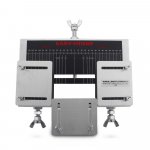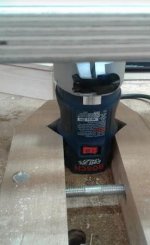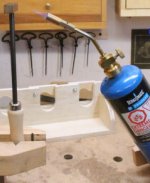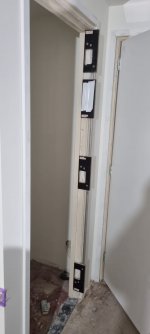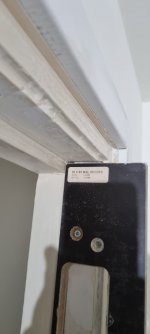woodbutcherbower
Member
100% agreed [member=57948]ChuckS[/member] - and you're completely right of course. I wasn't being in any way disrespectful to hobbyists - who create some wonderful work (see 'Member Projects') and gain a huge amount of pleasure from doing so. I made the post specifically because in past posts, the OP has stated that he wishes to do this for a living, he's asked a ton of questions which are always about equipment, but as such, this post again reveals that he's very, very early in the learning curve. Nothing wrong with that obviously - we all start from the beginning.
I just didn't think that costly gadgets which he'd maybe use once in a blue moon would be the best use of whatever financial resources the guy has, (or doesn't have as the case may be) - especially on a topic such as this where there's an infinitely more simple, low-cost solution - especially since he said in his recent OF2200 post that he already has an OF1010 and a parallel guide which comes in the box. Apart from one hand tool and something to hit it with, he already owns everything necessary to get the job done to a standard of perfection.
IMO a couple of hours learning how to use a mallet and a chisel will be of more use to him than he'll possibly realise at this point. At his stage, it's so, so easy to slip into 'all the gear, but no idea' territory. We were all trying to help in our own way as always.
Kevin
[attachimg=1]
I just didn't think that costly gadgets which he'd maybe use once in a blue moon would be the best use of whatever financial resources the guy has, (or doesn't have as the case may be) - especially on a topic such as this where there's an infinitely more simple, low-cost solution - especially since he said in his recent OF2200 post that he already has an OF1010 and a parallel guide which comes in the box. Apart from one hand tool and something to hit it with, he already owns everything necessary to get the job done to a standard of perfection.
IMO a couple of hours learning how to use a mallet and a chisel will be of more use to him than he'll possibly realise at this point. At his stage, it's so, so easy to slip into 'all the gear, but no idea' territory. We were all trying to help in our own way as always.
Kevin
[attachimg=1]



